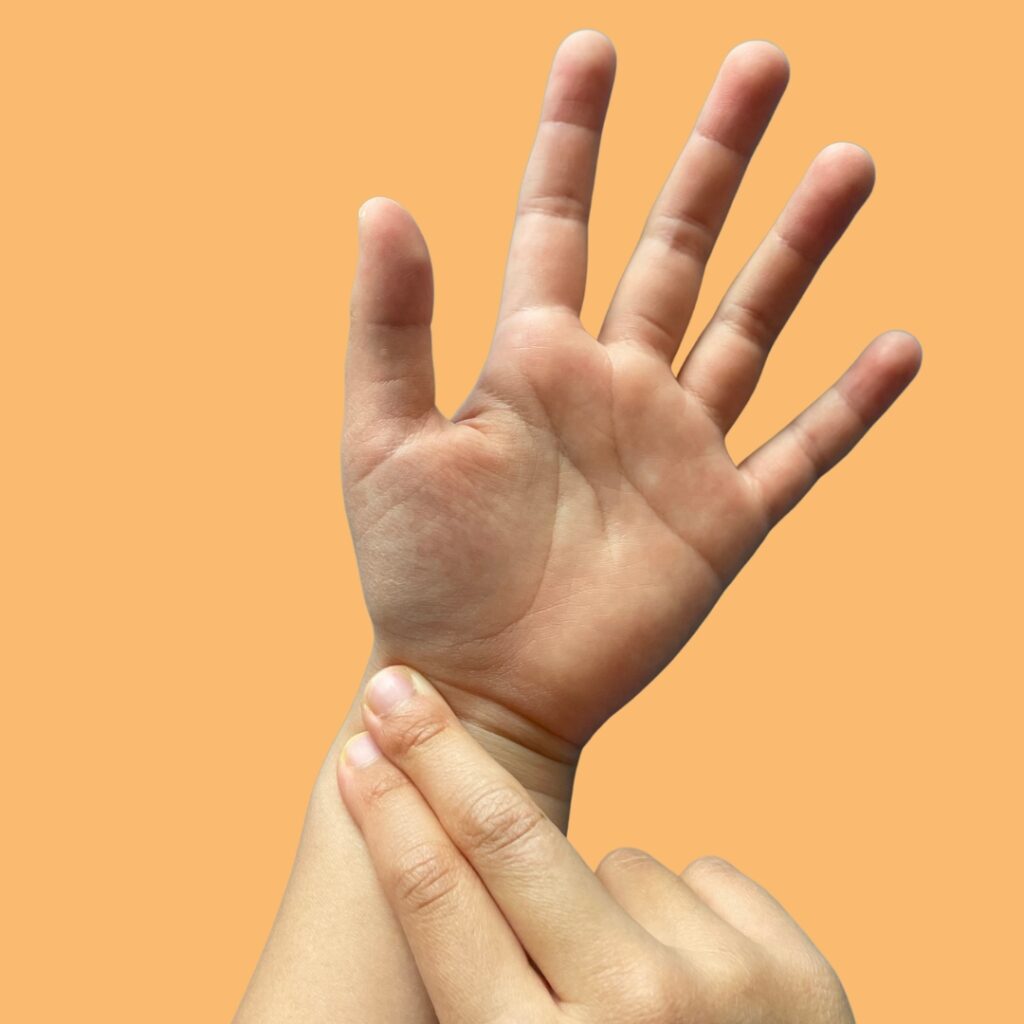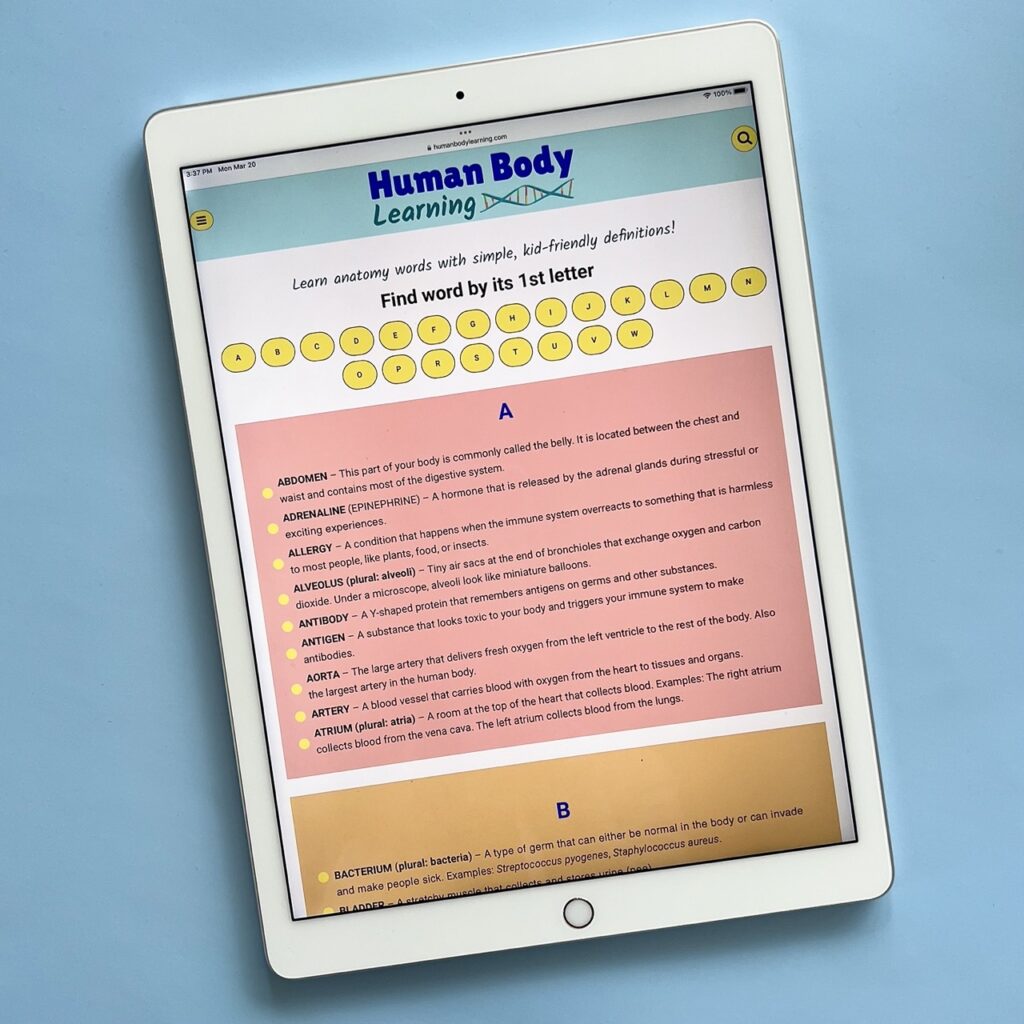Too Fast? Too Slow? What Your Heart Rate Means at Every Age

Is your heart beating too fast, too slow, or just right? What is the normal heart rate for kids, babies, and adults? These are great questions! The good news is that you can easily check your heart rate and compare it to a chart.
All about your heart rate
Every time your heart beats, it squirts blood through blood vessels called arteries. The arteries carry fresh, oxygen-rich blood to all your organs.
Your heart rate is the number of times your heart pumps blood around the body in one minute.
Normal heart rate for babies, kids, teens, and adults
Based on research, scientists have noticed that normal heart rates change at different ages.
What’s normal is also different when kids are resting compared to when they are busy playing and exercising.
Here are normal resting heart rates for babies, children, teenagers, and adults. (Beats per minute = BPM)
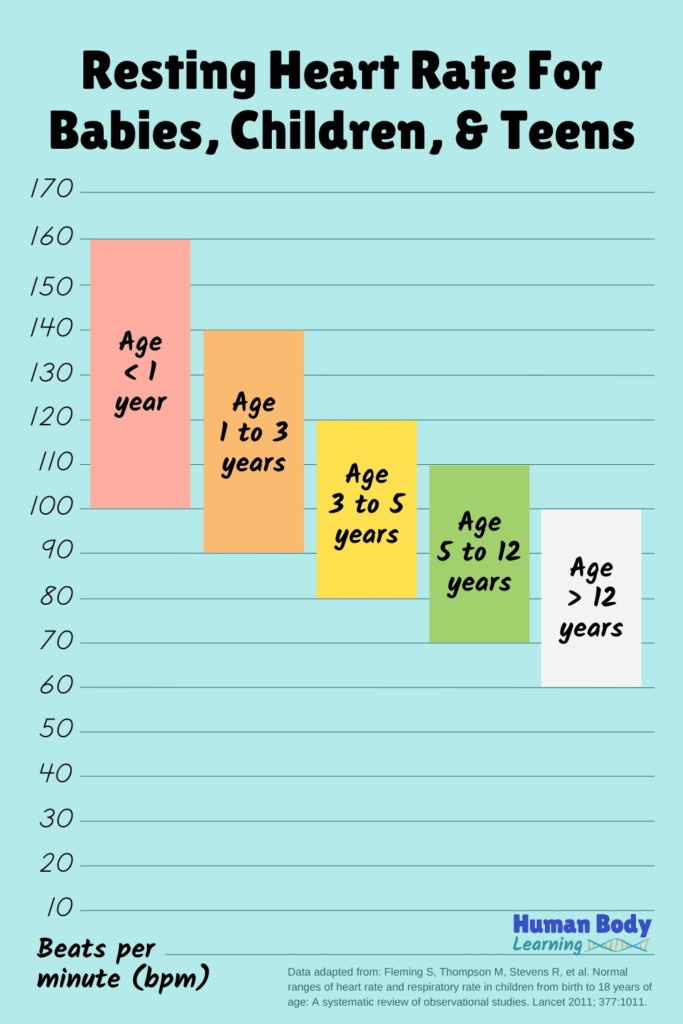
Why is the normal heart rate faster in babies and kids?
Babies have the fastest heart rates because their hearts are smaller. As kids grow up, the normal heart rate is slower than that of babies but faster than that of adults.
By the teenage years, the typical heart rate is in the same range as adults. This is because the body becomes more like an adult after puberty.
Where to check the heart rate in kids and adults
If you put your right hand on the left part of your chest, you can feel how fast your heart beats.
Doctors and nurses can hear your amazing heart by putting a stethoscope on your chest. But it’s also helpful to check your heart rate in other areas.
Your pulse is the type of heart rate that you can feel. When you check your pulse, you feel blood flow through a large artery under your skin. This means that blood has made the journey to far-away body parts.
Here are popular places to check your pulse.
Carotid pulse
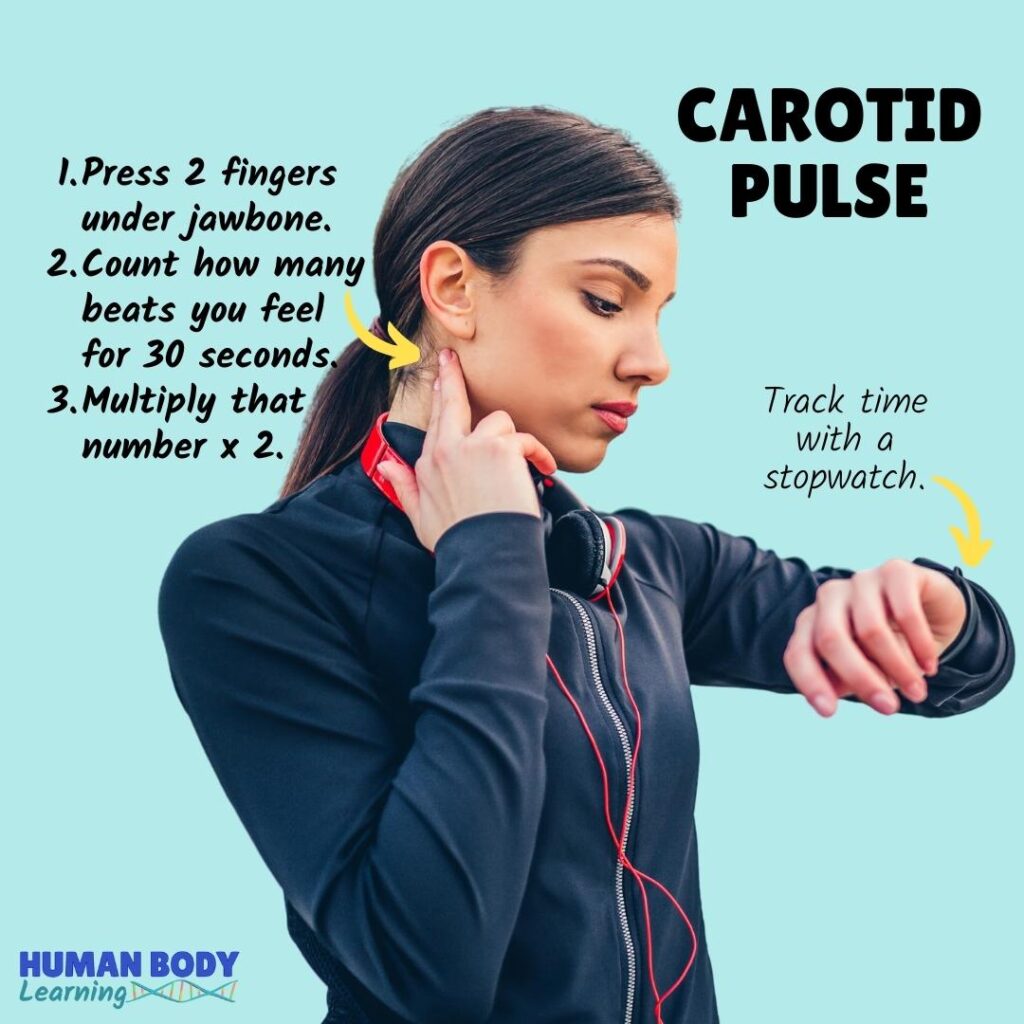
You can find the carotid pulse on the side of your neck. This area is under the corner of your jawbone.
The carotid pulse is one of the best places to check the heart rate in children and adults.
However, it’s not a great option if you get ticklish easily!
This area is also not an option for babies since they have short and chubby necks.
Radial pulse
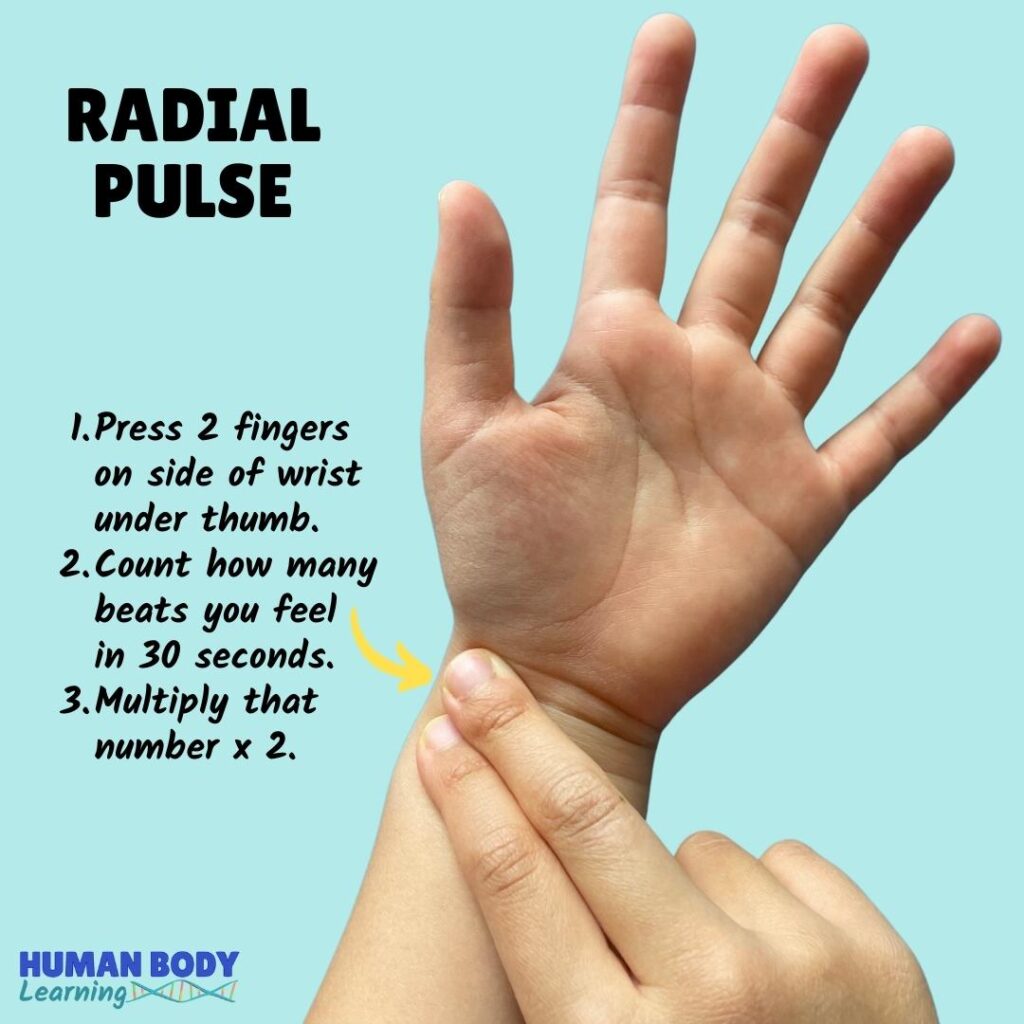
The radial pulse is one of the best places to check the heart rate in children and adults. This area is not tickly for most people.
You can find the radial pulse on the side of your wrist. This area is under your thumb.
How to check the heart rate in babies
Brachial pulse
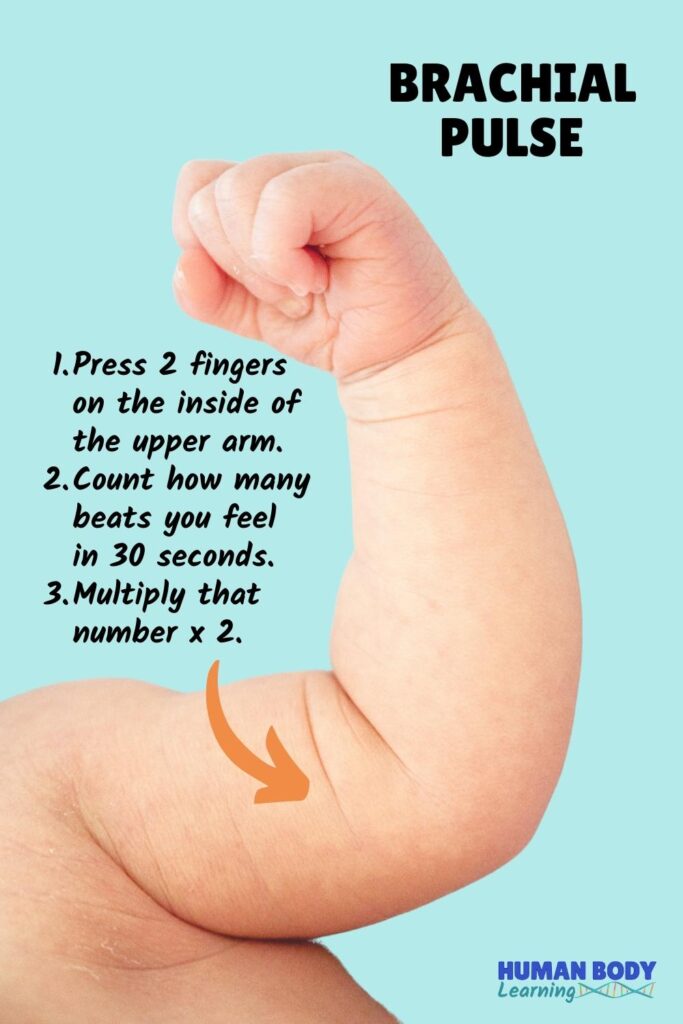
You can find the brachial pulse on the inside of the upper arm. This is the best area to check a baby’s pulse.
Other places with pulses
Doctors, nurses, and emergency rescuers must know how to check the pulse in many areas around the body.
Can you find these other pulses in your body?
- The femoral pulse is in the crease of your hip between your leg and belly.
- The pedal pulse is on the top of your foot.
How to check your heart rate in 3 steps
Check your pulse at home, school, during sports games, or anywhere!
All you need is a stopwatch, a timer, or a watch with a second hand.
Although you can keep counting pulse beats for a whole minute, sometimes people lose track of the number when they count for longer. If you’re curious, you can measure your pulse for 60 seconds.
Ask a friend or relative for permission to check their pulse. How does it compare to yours?
Why does your heart rate change throughout the day?
Depending on whether your body needs more oxygen-rich blood flow, your heart will speed up and slow down.
Usually, when your organs are more active and need more oxygen, your heart muscle will rev up and pump up the action.
What causes your heart to beat faster?
When you exercise, your heart pumps faster to keep up with your movements.
Your heart also speeds up when you’re scared, excited, or nervous. During active or stressful events, many people notice their heart pounding.
Run around for 1 minute and check your pulse. What number did you get this time?
What causes your heart to slow down?
When you rest and sleep, your heart pumps slower. Mindfulness activities can also help your heart relax.
Lay down on a couch and rest for 5 minutes. Then, measure your heart rate again. What number did you get this time?
Learn more about your amazing heart!
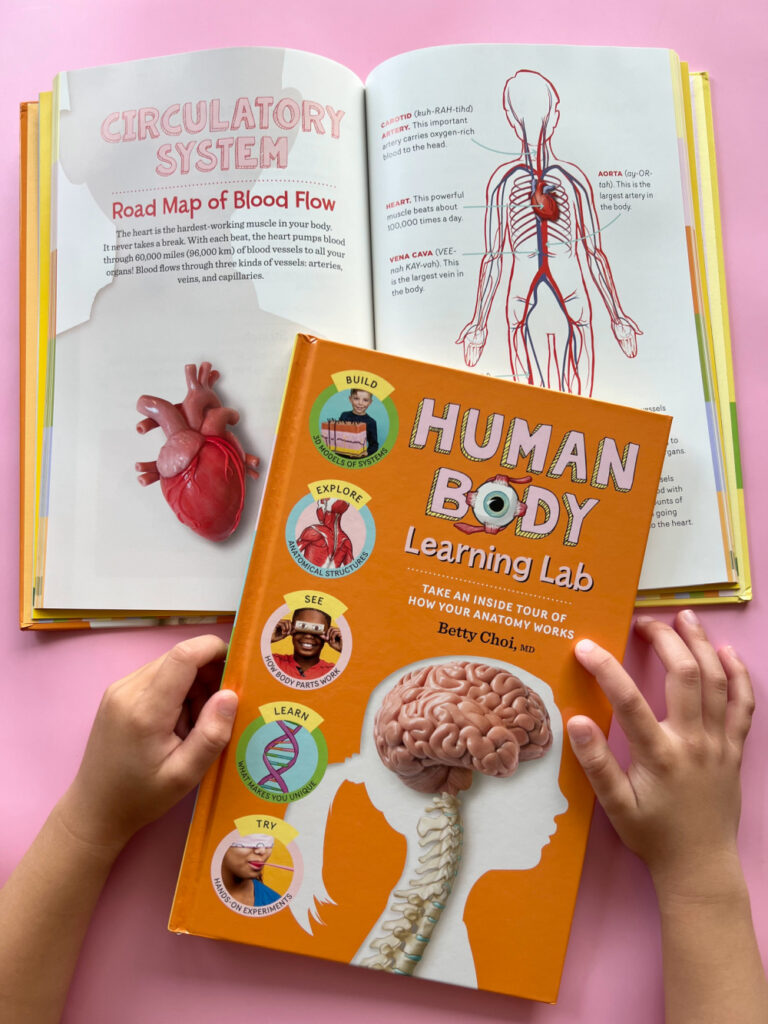
Where is your heart, and what’s inside of it? How does blood get from the heart to other parts of the body?
With the Human Body Learning Lab book, you can have fun exploring these great questions!
Human Body Learning Lab is filled with kid-friendly science facts, memorable experiments, diverse realistic images, and practical health tips.
Published on December 21, 2023. Updated on January 18, 2024 by Betty Choi, MD
Published on December 21, 2023. Updated on January 18, 2024 by Betty Choi, MD

Betty Choi, MD
Dr. Betty Choi is a Harvard-trained pediatrician who makes learning fun and doable. She created the kids’ anatomy book Human Body Learning Lab, which Science Magazine recommended as a “notable standout in the genre.”


